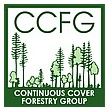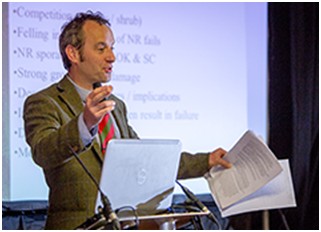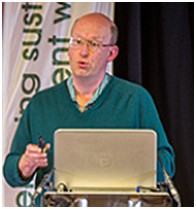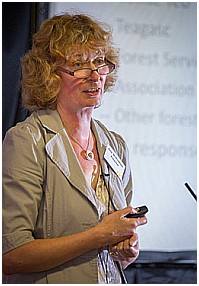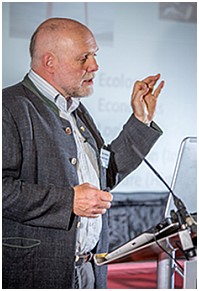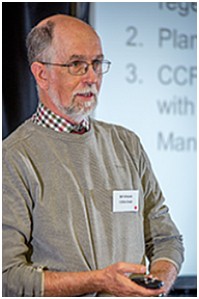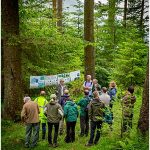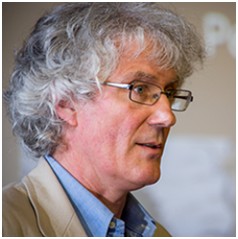Chairman for Plenary Session 2:
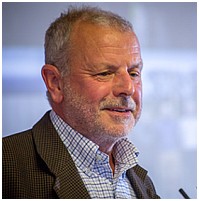
Chris Starr, OBE
Consultant Forester and
former Head of the National Forestry School
Biography:
Chris Starr represents the forest industry and land owners and practises as an independent consultant based in the Eden Valley, Cumbria but working throughout the UK and overseas. His career spans over 30 years spent in private and local authority forestry, applied forestry education and training and in consultancy. He has worked with foresters in many countries, most recently from Nigeria and Nepal, and has seen at first hand the effect poor woodland management has on the ability of the resource to provide for the needs of local people. He is the author of a book on practical woodland management aimed at owners new to the sector and recently chaired the Forestry Regulation Task Force for DEFRA. “I believe passionately that well-managed forests and woodlands provide a genuinely sustainable resource, capable of securing multiple benefits for society as a whole. In a small and densely populated country we have a duty to make the most effective and efficient use of our forest resource.” Chris is a trustee of the Forest Industries Benevolent Fund and a community governor of a small village primary school. He was awarded an OBE for ‘Services to British Forestry and Forestry Education’ in 2013 and is a Fellow of the Institute of Chartered Foresters.
